Author: Phil Rusher
The increased demand for hop forward beer has naturally led to increased production on the commercial market, a great thing for the hopheads out there, but it’s resulted in a paucity of options for more malt-forward styles. Evidence of this trend’s bleed into homebrewing can be seen in the number of IPA recipe kits available and forum posts from brewers seeking techniques for maximizing hop character. This certainly hasn’t been a bad thing, but what about the thirsty beer enthusiasts longing for something other than a pale lupulin bomb, a beer that balances hop character with a pleasing toasty and slightly roasty malt flavor?
American Brown Ale is one such style, a seemingly logical option that bridges the gap between hoppy Pale Ale and rich roasty styles like Porter and Stout. Unlike its European counterparts, American Brown Ale is decidedly hoppy while possessing more characterful malt flavors. The BJCP provides the following description for this style:
A malty but hoppy beer frequently with chocolate and caramel flavors. The hop flavor and aroma complements and enhances the malt rather than clashing with it.
Brewing a delicious example of an American Brown Ale really isn’t much different than brewing any other style of beer, typically demanding 4ish hours to complete. But with the holidays fast approaching, I was running on short on time, so I thought I’d I’d try my hand at making one with a bunch of unconventional twists!
| BREWING THE BEER |
After adjusting my brewhouse efficiency down quite a bit, I designed a recipe that hit all the stats of American Brown Ale using various ingredients I had lying around.
Short & Shoddy American Brown Ale
Recipe Details
| Batch Size | Boil Time | IBU | SRM | Est. OG | Est. FG | ABV |
|---|---|---|---|---|---|---|
| 5.5 gal | 20 min | 24.8 IBUs | 20.9 SRM | 1.061 | 1.016 | 6.0 % |
| Actuals | 1.061 | 1.01 | 6.8 % | |||
Fermentables
| Name | Amount | % |
|---|---|---|
| MFB Pilsen | 9 lbs | 54.14 |
| BEST Pilsen Malt (BESTMALZ) | 6 lbs | 36.09 |
| Brown Malt (Crisp) | 1 lbs | 6.02 |
| Caramel Malt - 120L (Briess) | 6 oz | 2.26 |
| BEST Black Malt (BESTMALZ) | 4 oz | 1.5 |
Hops
| Name | Amount | Time | Use | Form | Alpha % |
|---|---|---|---|---|---|
| Warrior | 15 g | 20 min | Boil | Pellet | 13 |
| Northern Brewer | 20 g | 10 min | Boil | Pellet | 8.2 |
| Wakatu (Hallertau Aroma) | 20 g | 10 min | Boil | Pellet | 7.4 |
Yeast
| Name | Lab | Attenuation | Temperature |
|---|---|---|---|
| Urkel - Harvested (L28) | Imperial Yeast | 73% | 52°F - 58°F |
Notes
| Water Profile: Filtered Auburn, NY tap water with a little bit of this and a little bit of that |
Download
| Download this recipe's BeerXML file |
My brew day began with the collection of water, which I ran through a simple carbon filter directly into my Grainfather.
I dosed the water with uncharacteristically inaccurate amounts of minerals and acid.
As the strike water heated, I weighed out and milled the grain.
Once strike temperature was reached, I mashed in and set the timer for a mere 20 minutes.
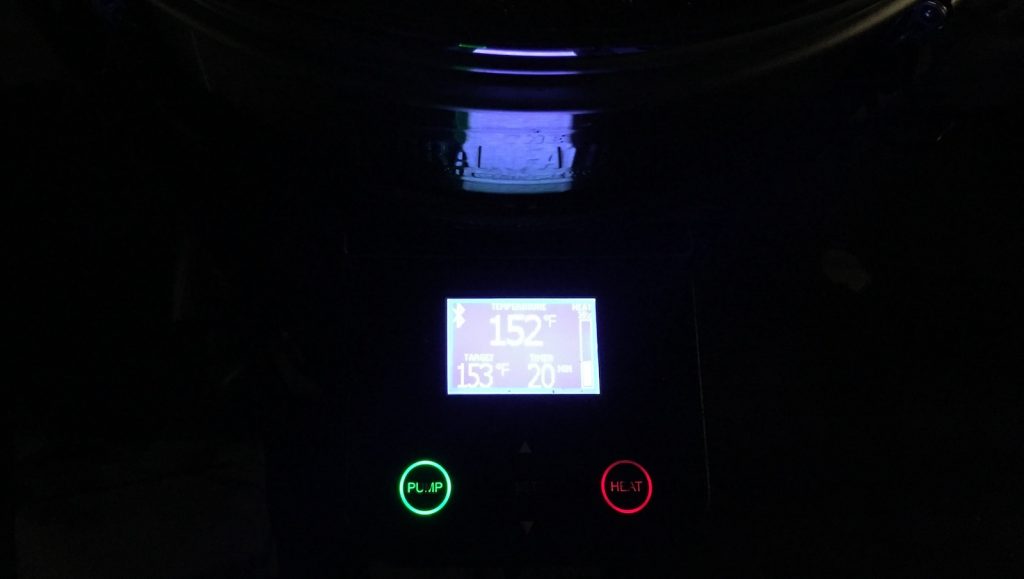
With the brief mash rest complete, I removed the grain basket and immediately set the controller to boil while the grains were quickly sparged. While waiting, I measured out the hops and added the FWH addition to the wort.
The wort was boiled vigorously for a whopping 20 minutes with hops added at the times stated in the recipe.
When the boil was finished, I chilled the wort with the included CFC and transferred it to a sanitized Brew Bucket.
My groundwater gets quite cool during the winter and brought the wort down to 55°F/13°C. I procured a jar of Imperial Yeast L28 Urkel I’d harvested from a starter 2 months prior, decanted the supernatant, and pitched it directly into the wort.
I left the beer to ferment in my basement where the ambient temperature fluctuated between 55°F/13°C and 63°F/17°C. After nearly 4 weeks, multiple hydrometer measurements showed the beer reached 1.010 FG.
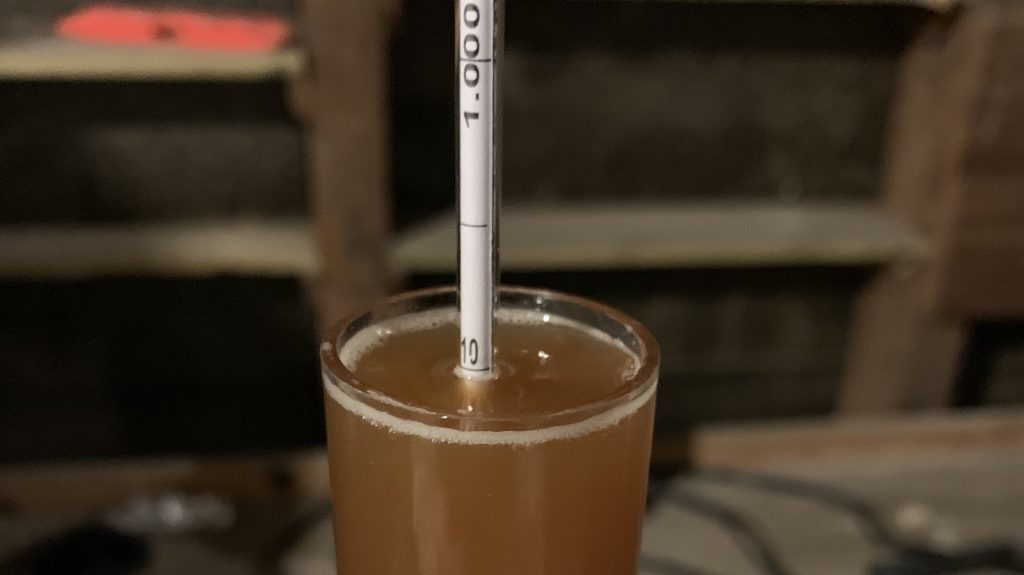
It wasn’t until I began preparing to package the beer that I realized I was fresh out of CO2. In keeping with the shoddy nature of this batch, I left it alone a few more days then did the old crank ‘n’ shake method of carbonation… without chilling the beer first. Thanks to cool Upstate winters, the beer was hovering under 60˚F/16˚C, and given the time it sat in the fermentor, it was quite clear too.
After determining the beer was at an acceptable carbonation level, I placed it in my cool keezer and left it alone for a little over an hour, after which I reduced the gas to serving pressure and pulled off a couple samples to clear any sediment that fell out of solution in preparation for serving. Did somebody say short?
| RESULTS |
A total of 22 people of various levels of experience participated in this Short & Shoddy evaluation during Girls Pint Out hosted by Prison City Brewing in Auburn, NY. Participants were first asked to identify the style they believed the beer to be based on their perception.
Tasters were then instructed to rate how hoppy, malty, and dry they perceived the beer to be on a 0-5 scale where a rating of 0 indicated “not at all” and 5 indicated “extremely;” these ratings were then averaged.
Tasters were provided a list of common hop, malt, and yeast characteristics then instructed to select from each the one they perceived as being strongest in the beer.
Hop Characteristics
Malt Characteristics
Yeast Characteristics
Next, participants were asked to indicate whether or not they detected any off-flavors in the beer; those who did were provided a list of common off-flavors and instructed to select the one they perceived as being strongest. A total of 10 out of the 22 tasters reported perceiving various off-flavors in this beer.
Tasters were then asked to rate how much they enjoyed the beer on a 0-5 scale where 0 indicated they hated it and 5 indicated they loved it.
Finally, the beer style was revealed to participants and they were asked to rate how representative it was on a 0-5 scale where 0 meant “not at all” and 5 meant “exactly.”
My Impressions: Tasting this beer right after it was carbonated, it seemed to me like a mashup between a Brown IPA and an American Brown Ale, though it wasn’t particularly good at being either one of those things. I initially perceived a bit of “yeast bite” that may have come across as astringent to some, though this faded as the beer had time to condition in my keezer. The major aromas I perceived were moderate spice and citrus hop notes with low-moderate toasty malt character. These aromas carried over into the flavor, though I also picked up a low-moderate bready malt flavor with notes of coffee and very subtle dark chocolate. Overall, I thought this beer rather pleasing and enjoyed sharing it with family during holiday merrymaking.
| CONCLUSION |
When I set out to brew this American Brown Ale, I wanted to explore a style I’ve not made much of using a very non-traditional approach, and while the results suggest it may not have been the show-stopper I’d hoped for, I think a few minor adjustments are all that’s needed to bring it into its own. Namely, giving the beer a little more time to condition after packaging before serving. In my attempt to make this beer using the shoddiest methods possible, I thought it’d be interesting to experiment with a very quick carbonation technique then immediately serving it to tasters. It’s my opinion that this is what led to many perceiving off-flavors, namely astringency, which I found faded as the beer spent time in my cool keezer.
I was a bit surprised with the lack of tasters endorsing diacetyl, as I detected a distinct buttery character a couple days prior to packaging that I thought might stick around. Other than that, it would seem the short mash and boil lengths didn’t have much of a detrimental effect at all, as nobody noted anything that would indicate attenuation issues or the present of DMS. The 55% brewhouse efficiency, while certainly lower than normal, was expected and planned for.
In addition to the non-traditional process variables, I also used some atypical ingredients such as Pilsner malt, which I felt actually lended a nice bready character to the beer. However, this potentially came at the expense of a more malty backbone contributed by standard Pale malt. In addition to my hesitance to use a lager yeast for an American Brown Ale, I was doubly concerned since the yeast was harvested from a starter nearly 2 months prior and directly pitched. Adding that to the fact it was left to ferment at an uncontrolled temperature in my basement, I was convinced this beer would be completely unpalatable, which is certainly was not.
Overall, my experience with this beer being as generally positive as it has been, I feel even more confident that certain aspects of the brewing process can be abbreviated or approached in a non-conventional way without necessarily hindering the beer. Will I be making a habit of serving beer kegged just a couples before? Definitely not, but I sure do plan to brew Short & Shoddy style more often.
If you have thoughts about this Short & Shoddy brew, please feel free to share in the comments section below!
Support Brülosophy In Style!
All designs are available in various colors and sizes on Amazon!
Follow Brülosophy on:
FACEBOOK | TWITTER | INSTAGRAM
If you enjoy this stuff and feel compelled to support Brulosophy.com, please check out the Support page for details on how you can very easily do so. Thanks!

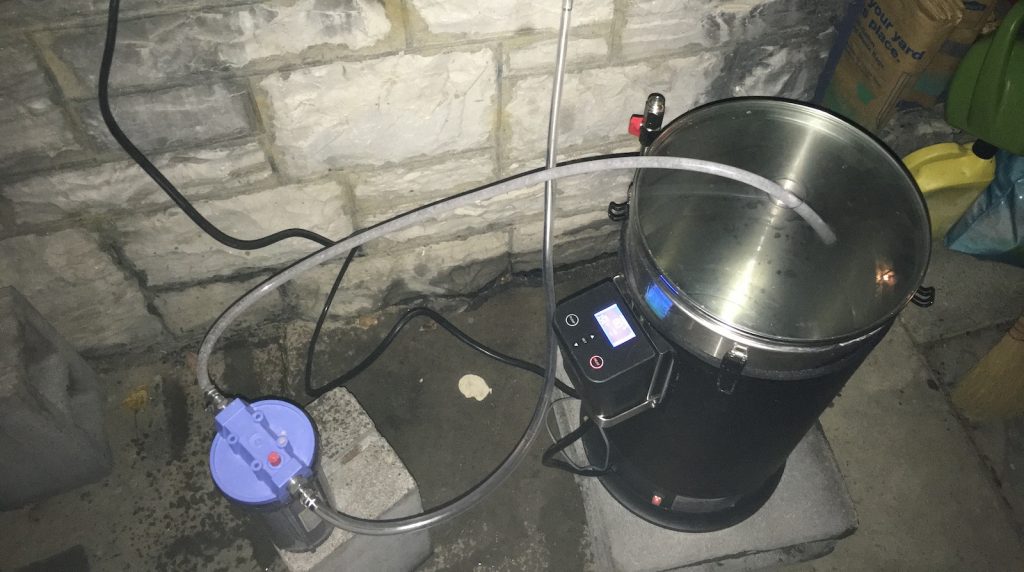
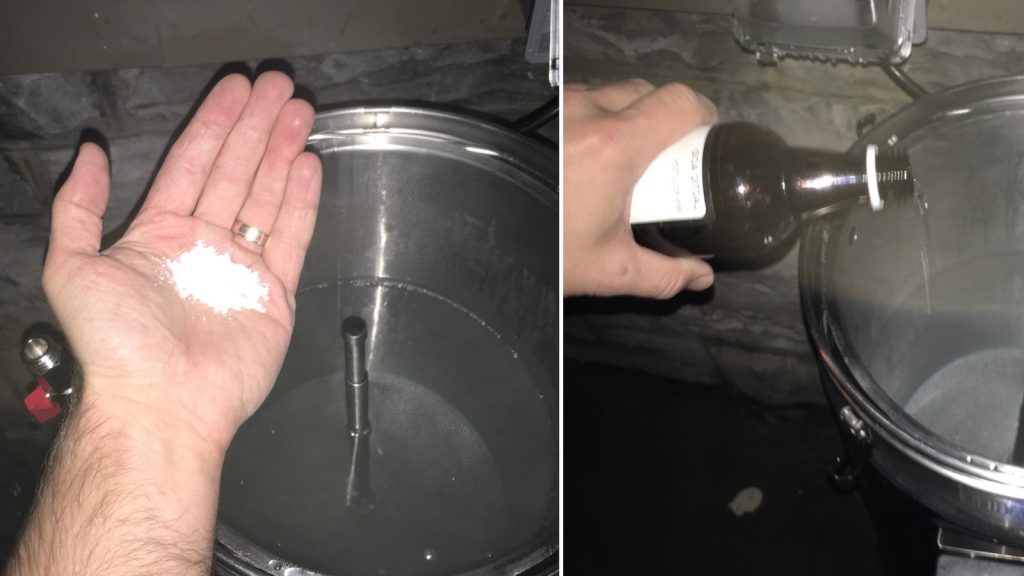
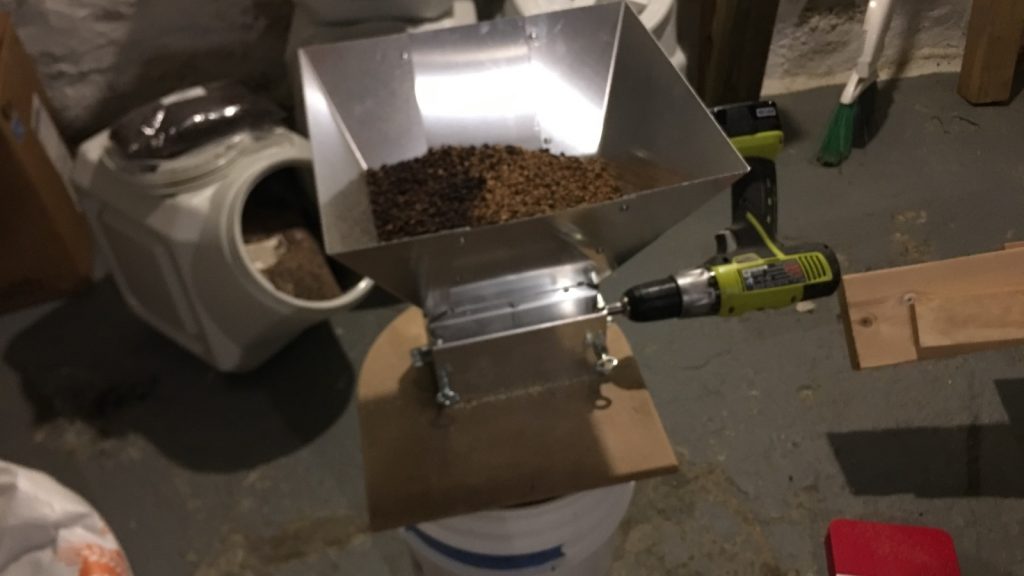
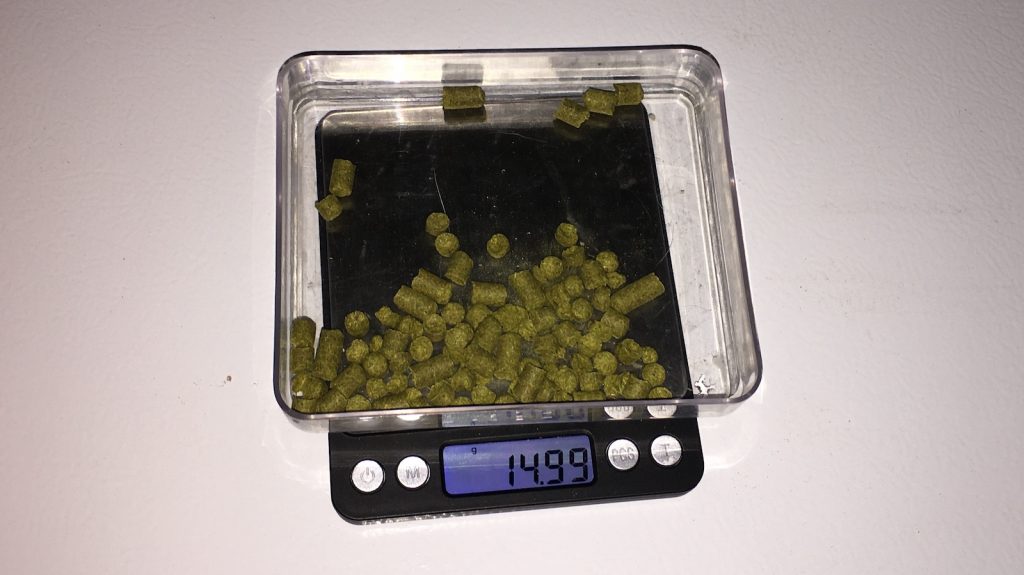
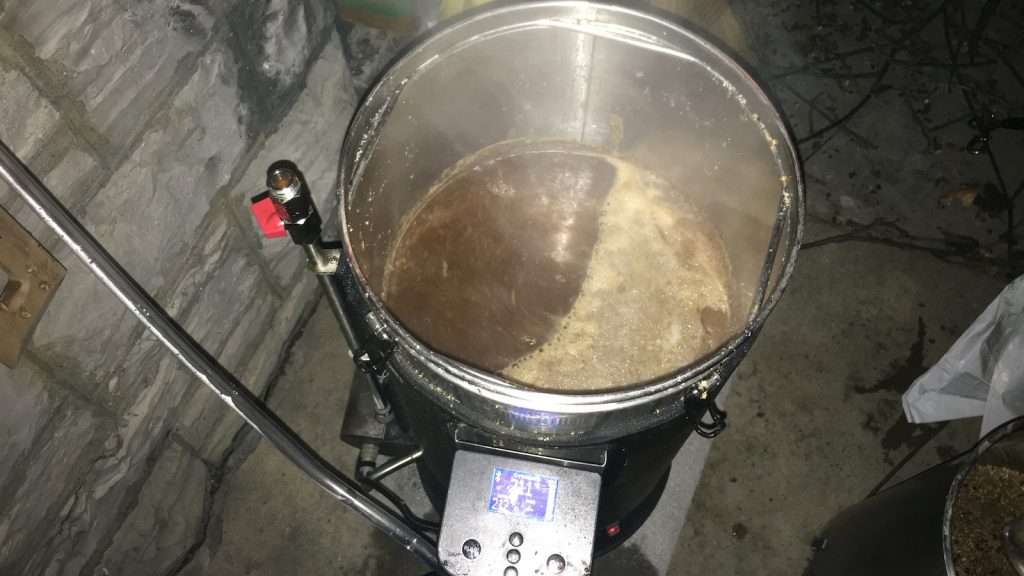
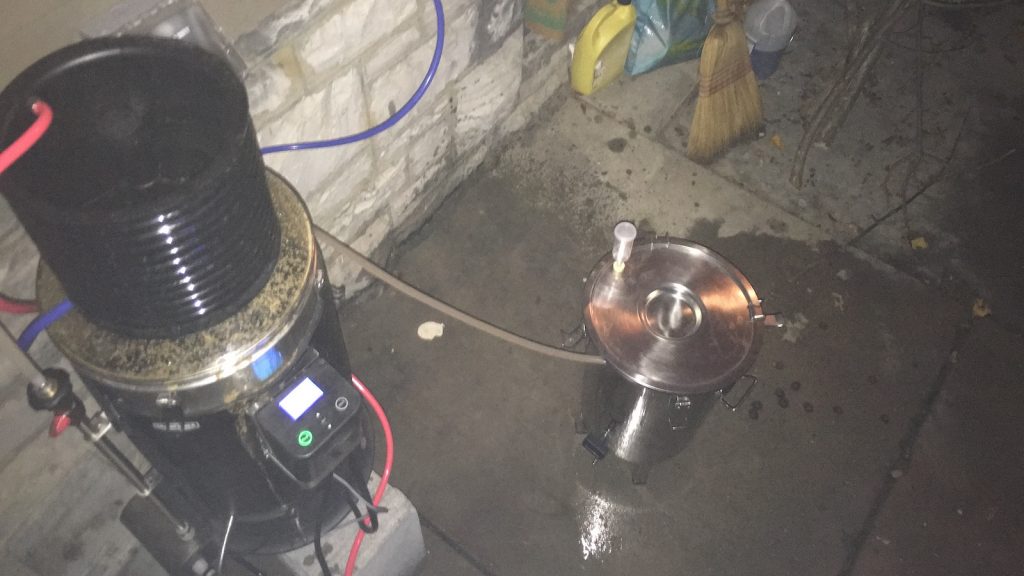
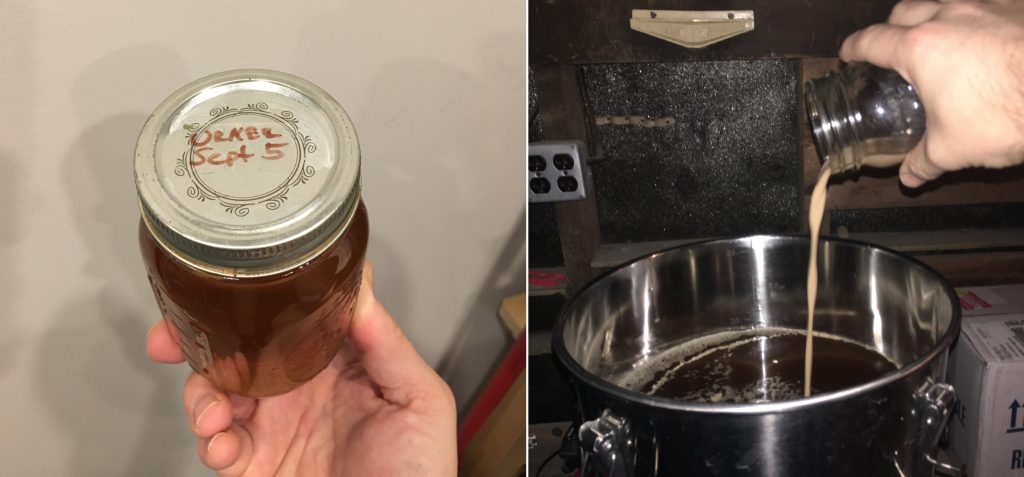
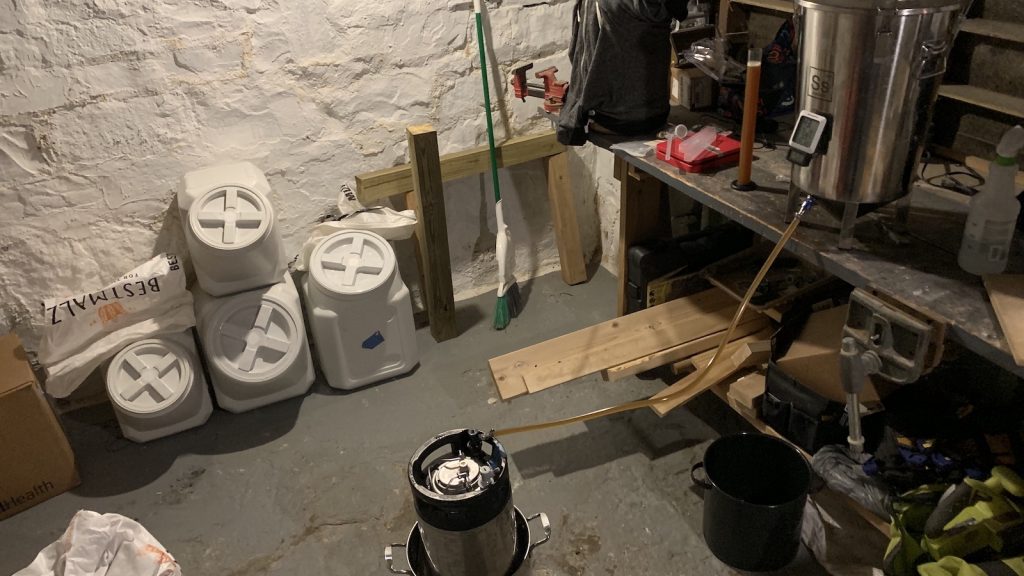
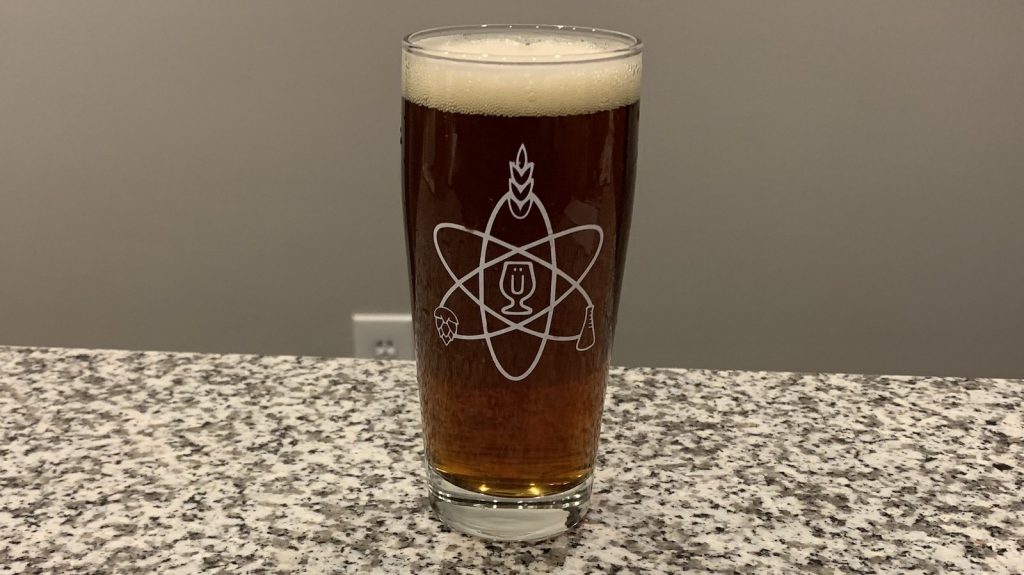
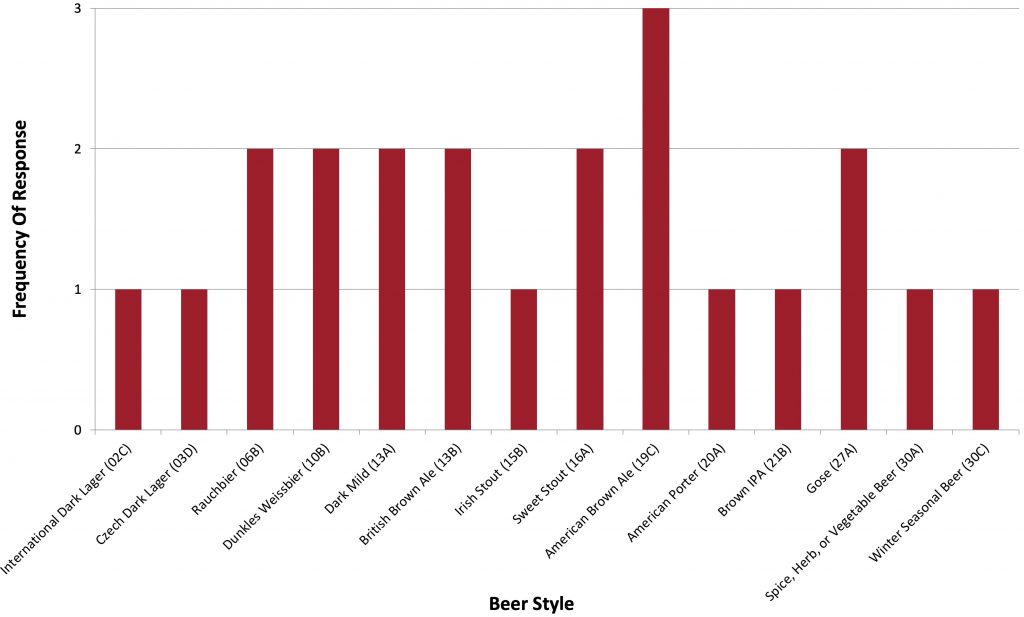
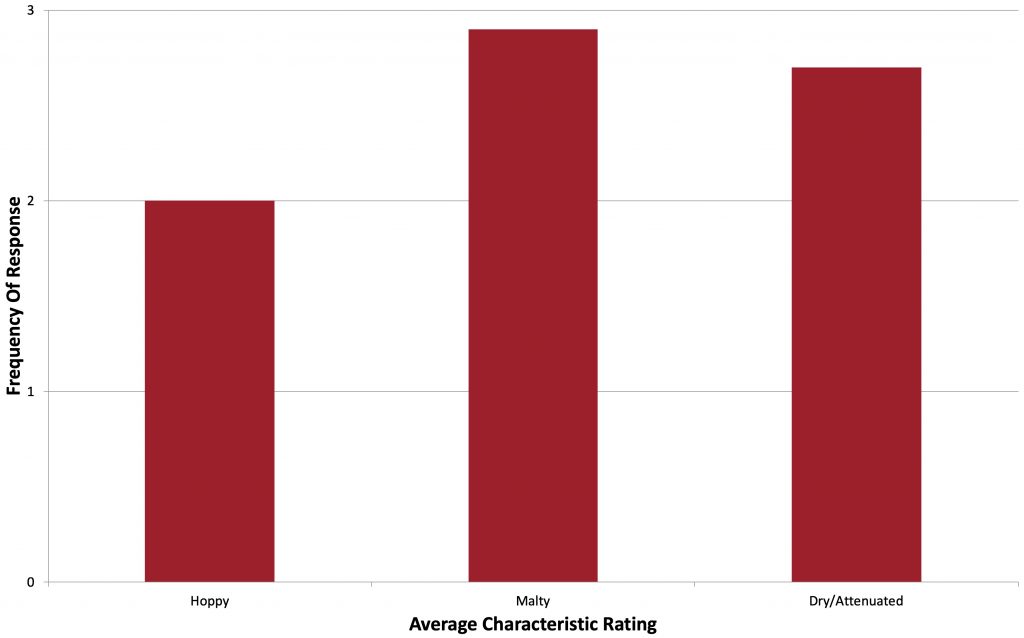
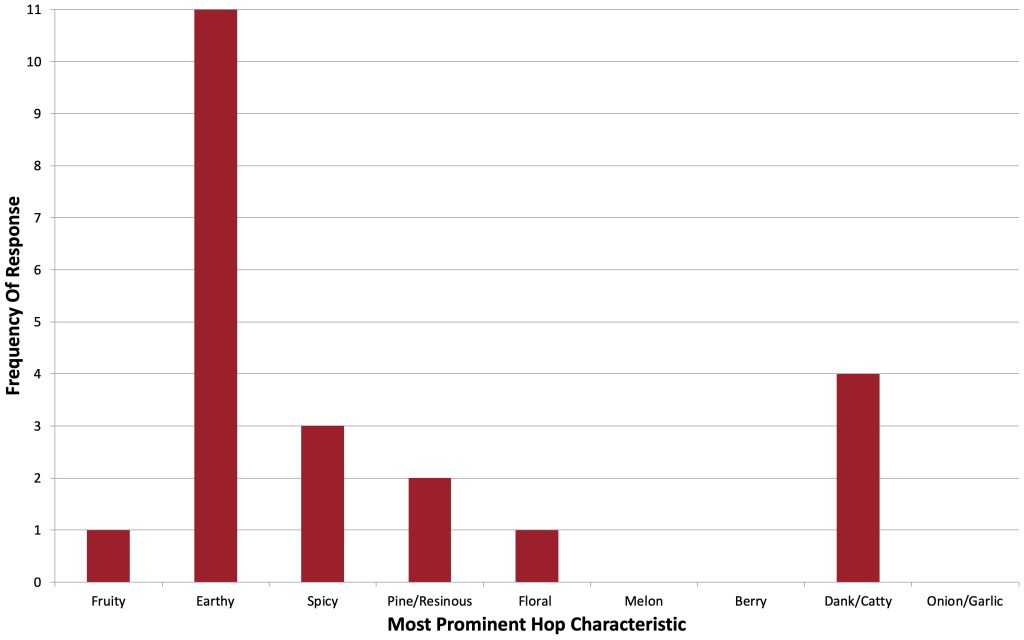
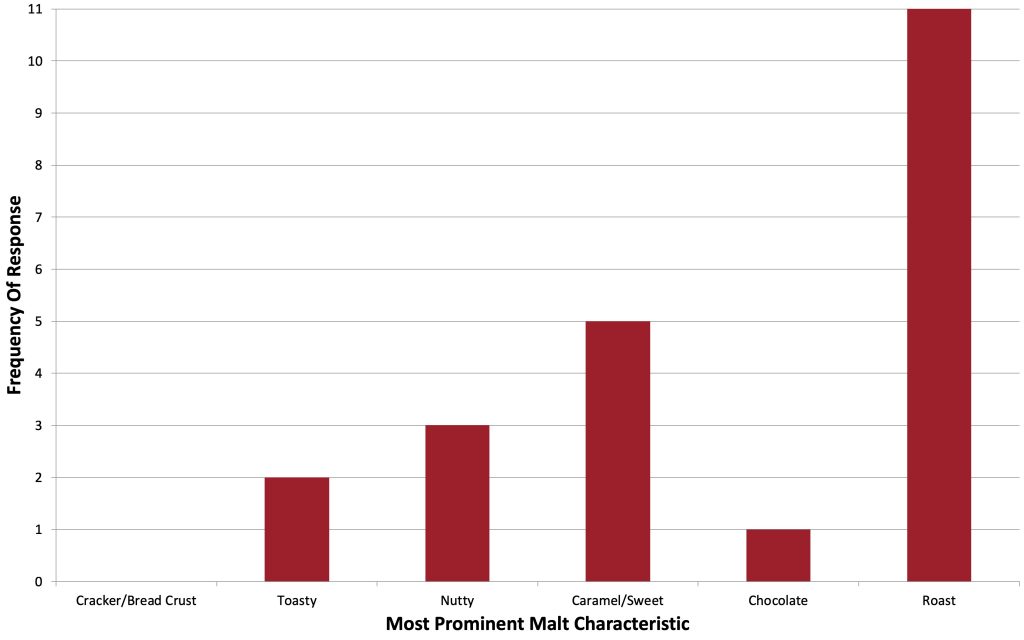
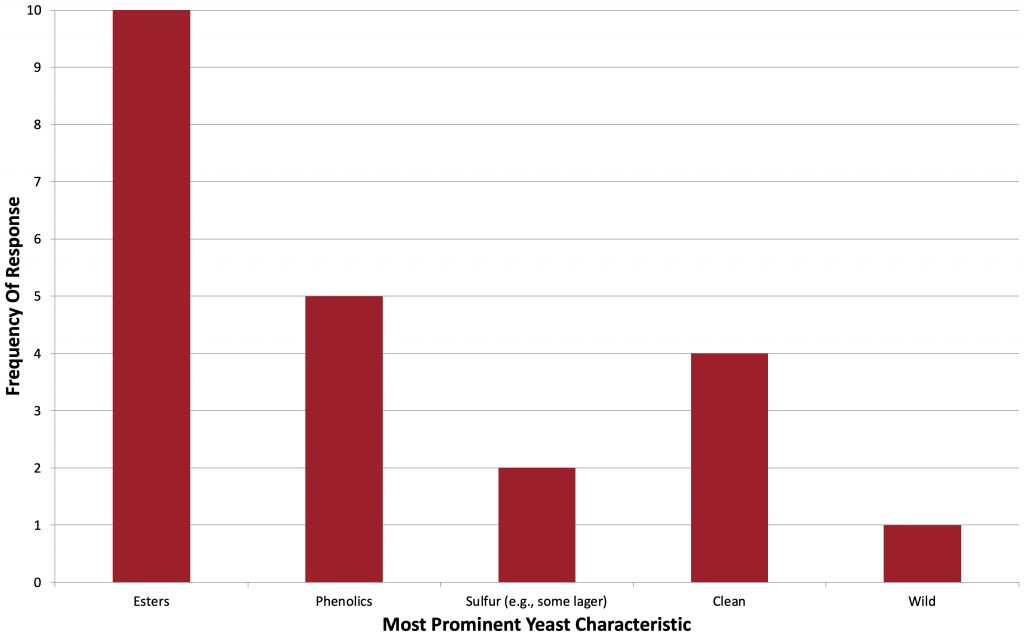
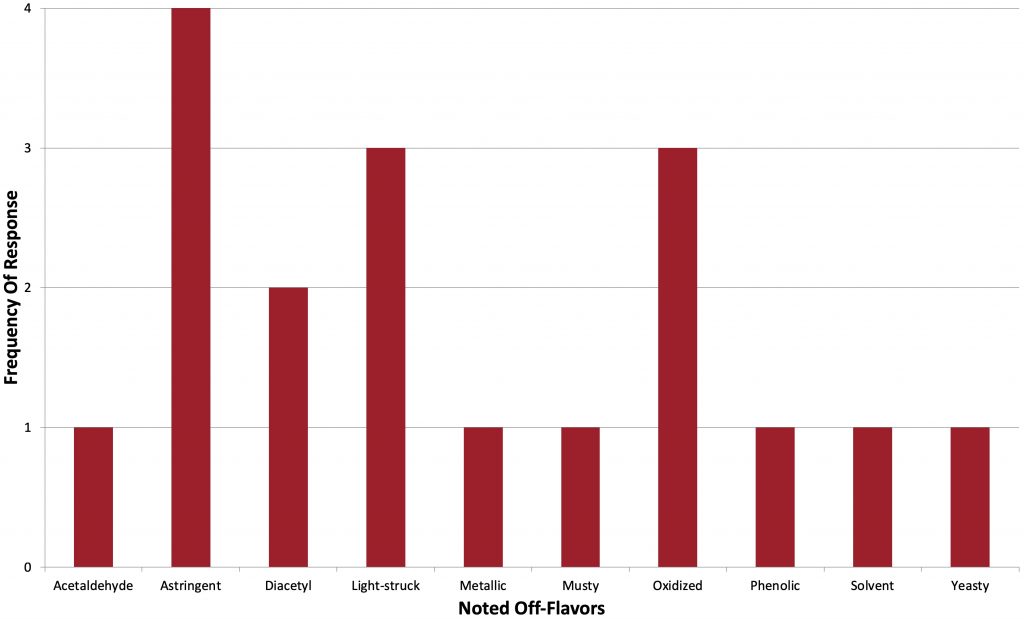
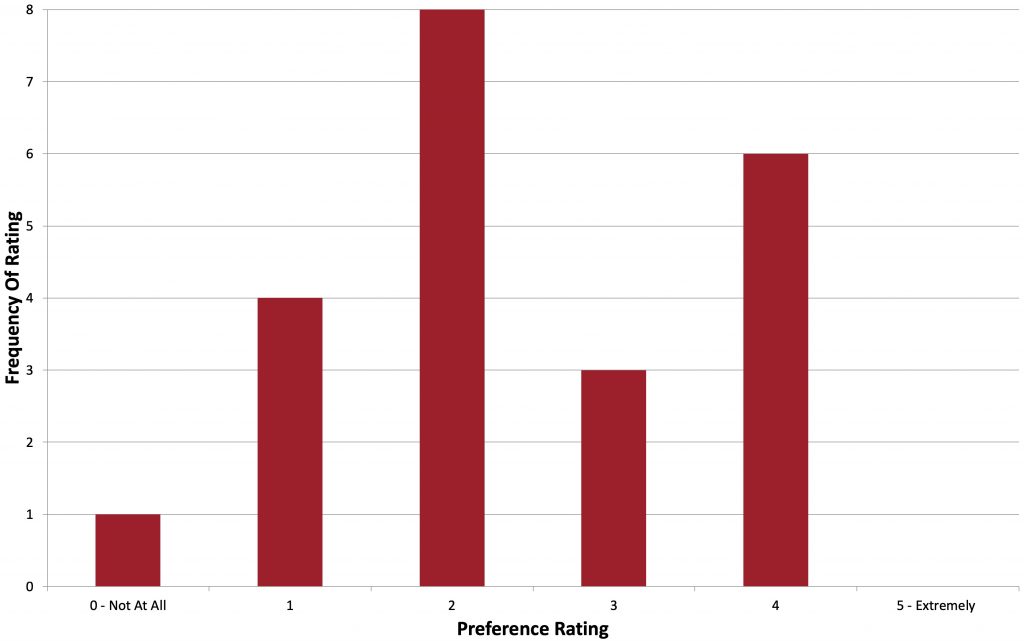
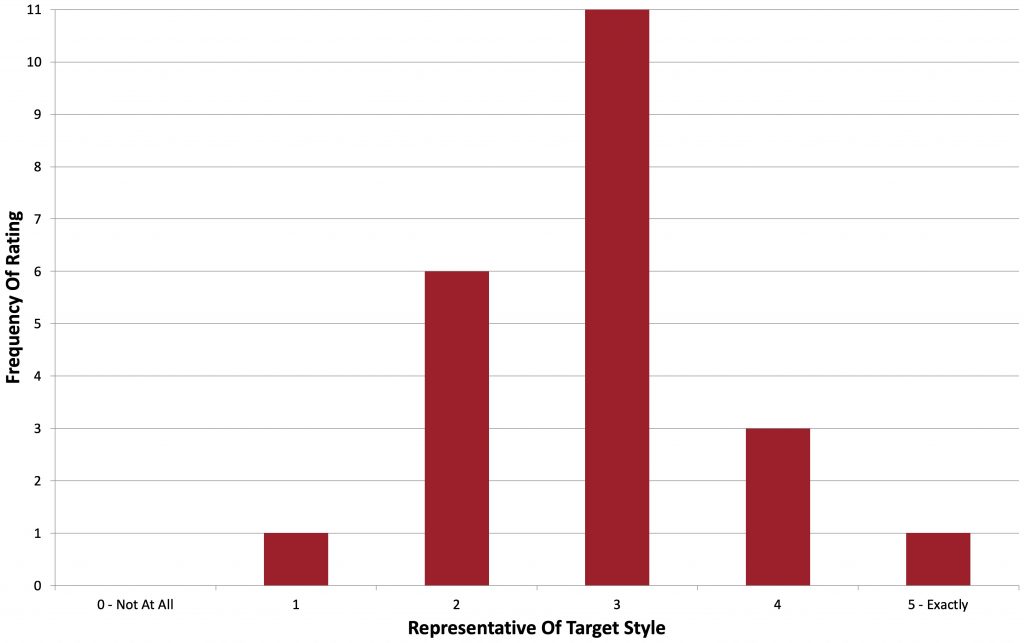










15 thoughts on “Short & Shoddy | American Brown Ale”
This is a style that just doesn’t seem to get much love these days. Maybe I should brew one….
Definitely an undervalued style!
Why brew a so-called American Brown ALE with lager yeast when you could have had the real thing in half the time? The observations of astringency, earthy (dirt?) catty hop flavor, and every off-flavor represented is about what I would expect based on ingredients and process. As to Preference Rating: Most tasters are too kind to rate a brew below a 2. Just like most BJCP Judges won’t rate the worst entrant below a 13. THREE people “identified the style” as American Brown ALE? You sure they didn’t have some kind of clue?
Re: lager yeast – why do any of this just because someone else told you that was the right way?
Re: half the time – most any yeast would have performed similarly under these fermentation conditions.
Re: preferences etc. – there are customary courtesy scores at BJCP events because people are often easily offended if they score low and/or are told they made a shitty beer, and when these folks pay money to have someone tell them they made shitty beer they are less inclined to continue paying if they continuously get bad scores and feedback. There is no such practice in place here and we do not get offended when people dislike beer we make. Sure, there might be a kind soul or two that just feels bad giving harsh feedback, but considering the fact that all of my participants were complete strangers and making their observations independently, I’m inclined to say that they have no incentive to give “too kind” ratings or have any clues.
I think the bottom line for you, my friend, is that you are missing the point of all of this. We are trying to do things that are different and seeing what happens and how people think about the beer we make. That’s it.
A mix of bad scores and good scores/feedback, taste impressions, efforts at identifying what a beer is believed to be is the essence what is in practice in all the xbmts. And the effect of how it is made; Right? It looks like you got very useful data.
I’m not sure what to say to this. Shine on, you crazy diamond.
I think the style identification tells you something about your test participants! Two thought it was a gose?!
I really like this style but I am not surprised at the mixed responses to it. My version in comps usually shows the full difference in scores allowed (normally 5 marks) with a lot of erasing and score changing to come to some type of agreement. The degree of hop character is usually the matter of controversy (I like hoppy ABA’s).
Last year it scored an average 35/50 at my state Comp (with a wide range of marks). One week later at a large interstate comp it scored 45/50 and BOS.
I agree : huge range of possibilities and everyone will have an opinion. Still, its my favorite type of beer to brew!
When I enter competitions, I rarely pay attention to the scores I receive. I pay more attention to the comments that are written.
Because of the way BOS is set up, many times the highest score won’t win 1st place, sometimes it won’t even place in the top three.
With that being said when I brew ABAs I usually shoot for a more malty sweet profile than a hoppy profile, because in this hop forward era that we currently find ourselves, some might mistake it as a brown IPA.
Cheers.
Thanks for this. What’s the crank and shake method? I’m unfamiliar with it. How old Is your house—some of the stone work in some of your pictures is pretty cool? Glad you guys are using different styles albeit a bit conservative. Why not try a New England Baltic Porter (ok I just made that up but my point is if the goal of the exbeeriments is to try things that are noncanonical with regard to method, why not carry that through to style?)
Good eye! You don’t see people making houses with foundation like ours these days, but it’s not uncommon where we live. Our house was built in 1890, so yeah, pretty old.
The crank ‘n’ shake method is kind of a hack where you can carbonate beer really quickly once it’s done fermenting, though it’s usually best to avoid doing this unless you really need to. Basically what you do is rack the finished beer to the keg, purge the headspace, then crank up the PSI to something crazy. Some people do 50 PSI and up but I like 30. Makes it easier to dial in where I want it. So once you crank the gas up you then shake the crap out of the keg while it’s highly pressurized. Shaking the beer while subjected to that amount of pressure forces CO2 into solution, and this works much better when the beer is colder.
Question about your local water. Do you happen to know the bicarbonate level of the water? I was thinking some of the astringency noted by tasters could have been due to the dark specialty grain used and perhaps a low ph in the mash. Just a thought.
Great choice on styles btw. I’ve recently had a Sierra Nevada Brown ale in their Autumn seasonal pack that I really enjoyed and made me want to give this style a try for myself. Cheers!
Sierra Nevada hasn’t made a beer that I don’t like! I was really happy when they opened up a production brewery on the east coast because I can get SN that’s waaaaaay more fresh than what I’m used to.
There was only a small amount of roasted grain used for this beer (at least in comparison to traditional brown ale recipes or even darker beers) so I’m less inclined to think that any astringency would a result of that.
As for the water, there hasn’t been any recent reports published by our municipal water supply, but the last time I had my water tested by Ward Labs was in February of this year, at which point the bicarb level was 149, so not crazy high. I don’t think it’d be much different now.
I think the simplest explanation for why people noted astringency in this beer was a result of the yeast and trub that were still in suspension due to the fact that the beer quite literally just left the fermentation vessel. None of that stuff is in the beer at present and I do not detect any astringency as I sip on it now.
> Water Profile: Filtered Auburn, NY tap water with a little bit of this and a little bit of that
I know this is a Short & Shoddy beer, but this is still completely and utterly UN-helpful.